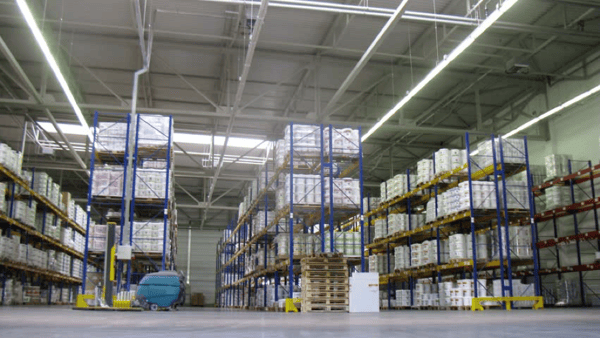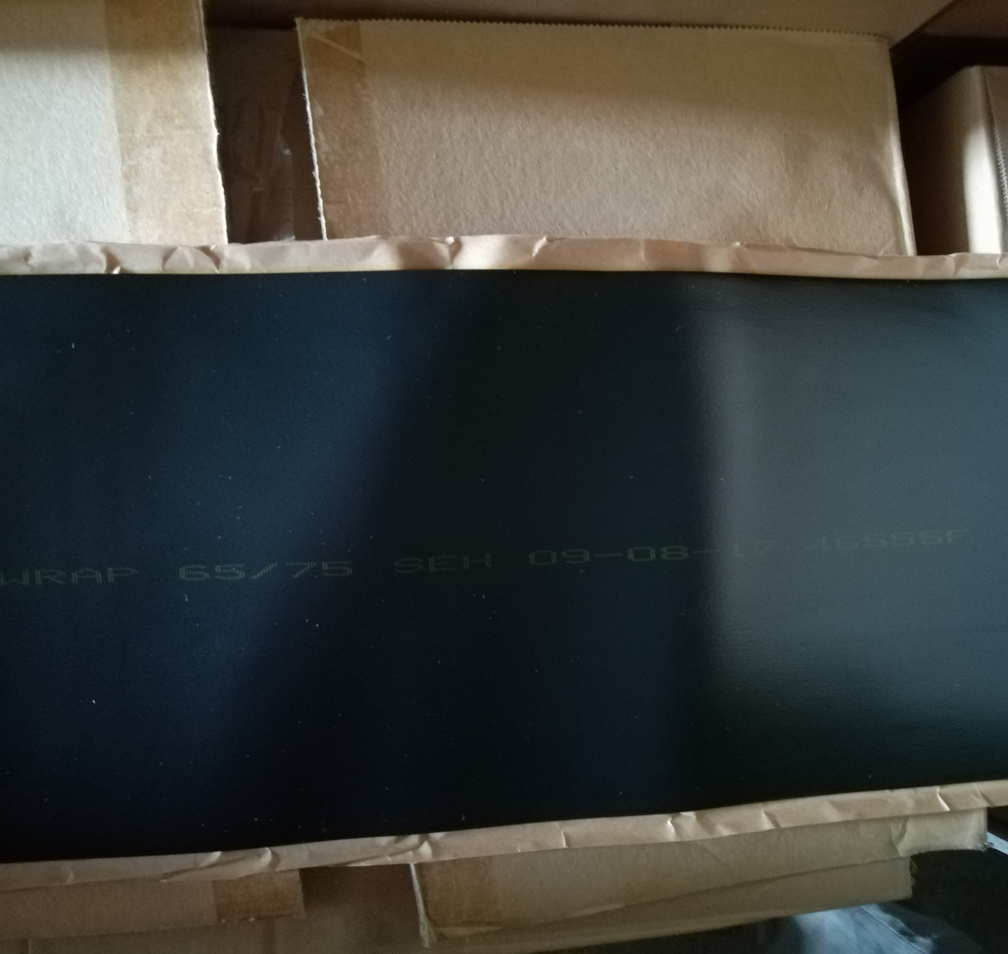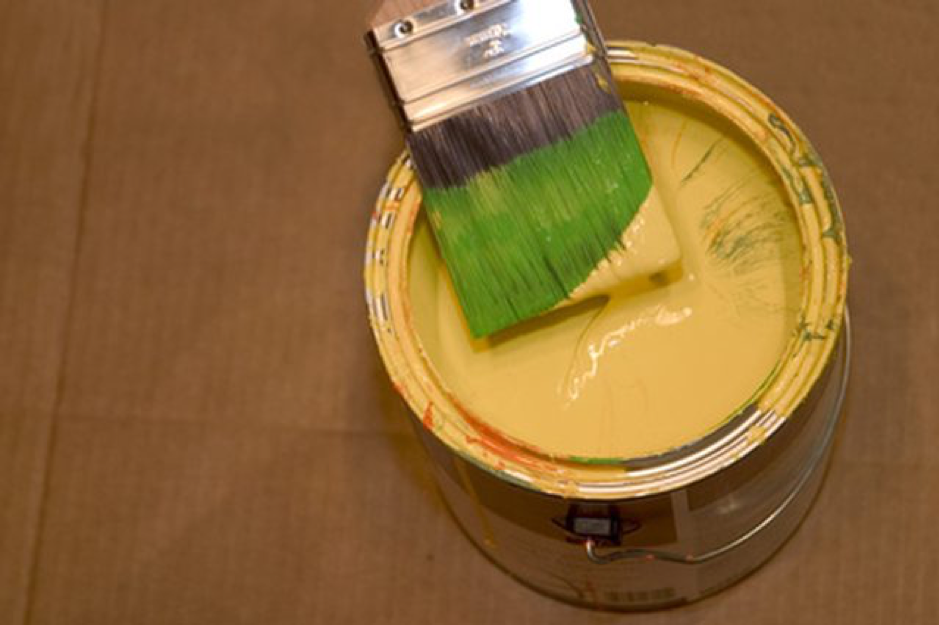High-temperature corrosion protection coatings are developed to meet the harsh environmental...
The Importance of Properly Storing Pipeline Coatings
 Defects in pipeline coatings and tapes can happen for a number of reasons, all of which can result in poor coating applications. Therefore, an obligatory prerequisite goal is the prevention of conditions that can damage the materials before they’re used.
Defects in pipeline coatings and tapes can happen for a number of reasons, all of which can result in poor coating applications. Therefore, an obligatory prerequisite goal is the prevention of conditions that can damage the materials before they’re used.
One of the main reasons for flaws is poorly stored materials. Incorrectly stockpiled coatings can lose viscosity and fluidity while the improper storage of wrapping tape can deplete it of its adhesiveness.
Elements to Keep in Mind When Storing Pipeline Products
- Temperature
When using cold-applied wrapping tapes or elastomeric tapes, storage temperatures that are too high can trigger the formation of bubbles on the tape’s surface, creating a separation between the tape backing and the adhesive.
When a coating is exposed for an extended period of time to temperatures over 35 C and relative humidity over 60%, the coating may agglomerate, forming lumps. Sometimes, depending on the solid content of the coating, these lumps may be difficult to dissipate, affecting the coating’s properties.
- Material Stacked
Improper stacking of material leads to direct damage. Excess load brings about changes in the shape of the rolls and/or the material’s properties, which, in turn, lead to loss of the product’s ability to do the work for which it was produced.
In the case of liquid materials, for instance, the overload caused by the containers and the leakage or exposure of the substances to the air renders the matter unusable.
- Direct Sunlight
Direct sunlight can cause a partial blending of the coating’s particles, which results in the formation of a layer of skin (aka coating skinning).
Direct sunlight and UV rays can break down chemical bonds between the molecules of the polymers if the product is not UV resistant. One solution is to use UV resistant wrapping tape over the current coating or tape.
Also read: Worker Safety: How to Avoid Hazardous Conditions
3 Ways to Protect Your Stored Pipeline Coatings
- Store all products in their original containers.
- Store all products in dry, cool, well-ventilated conditions out of direct sunlight and other major sources of heat.
- Stack pallets of material per manufacturer’s recommendations.
Examples:
1. Bad roll storage may affect the roll's dimensions

2. Good storage tape, but the high-temperature is affecting the tape's packing

3. Coating forming lumps

Prevent the temperature of the environment in which the products are stored from exceeding the manufacturer’s recommendations.
By taking preventive measures and following the manufacturer’s instructions, you will avoid damaging your products. The result will be successful applications of pipeline coatings and tapes.
Please contact us with any question or concern.




